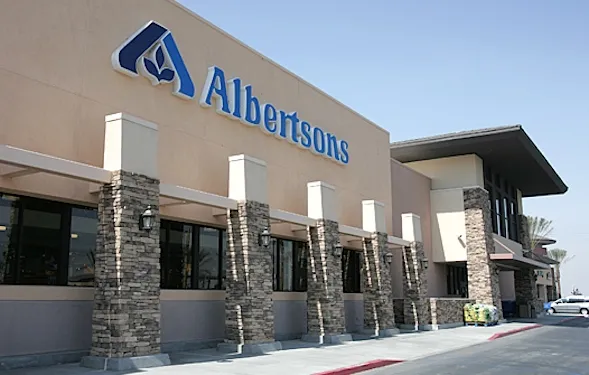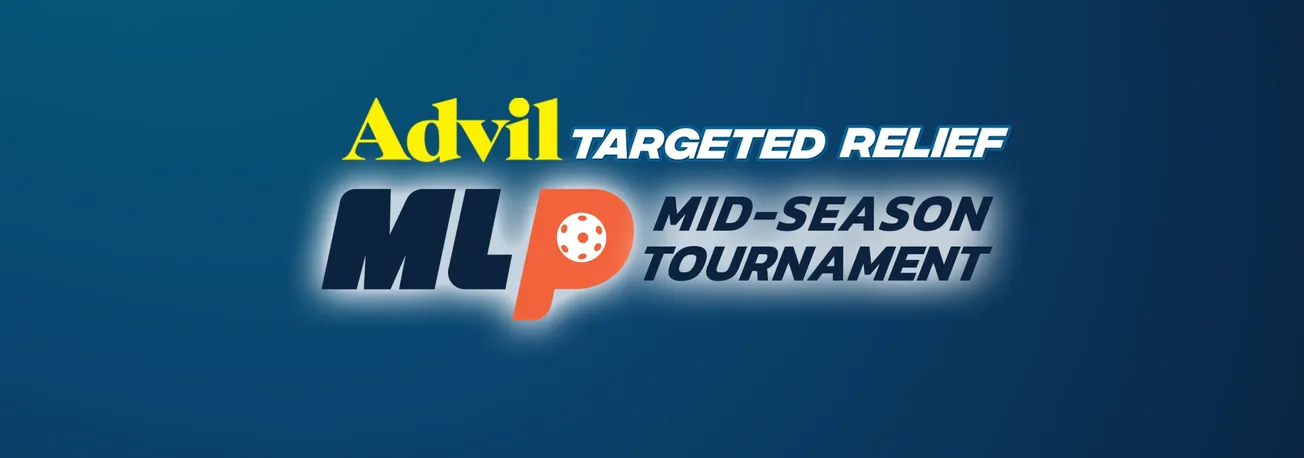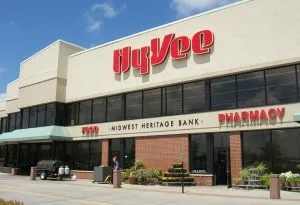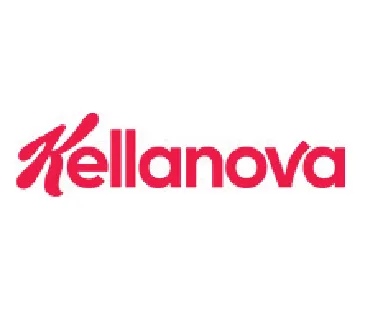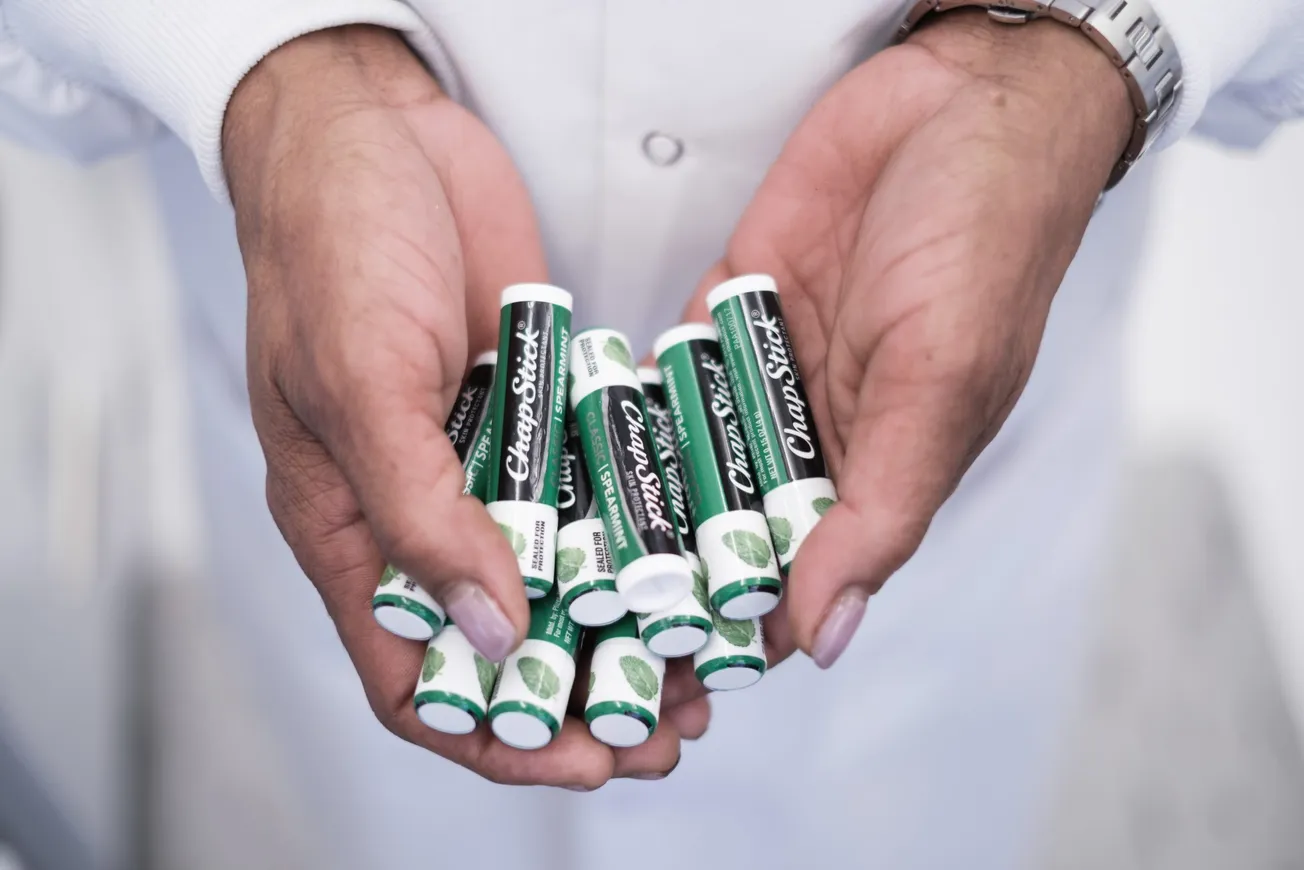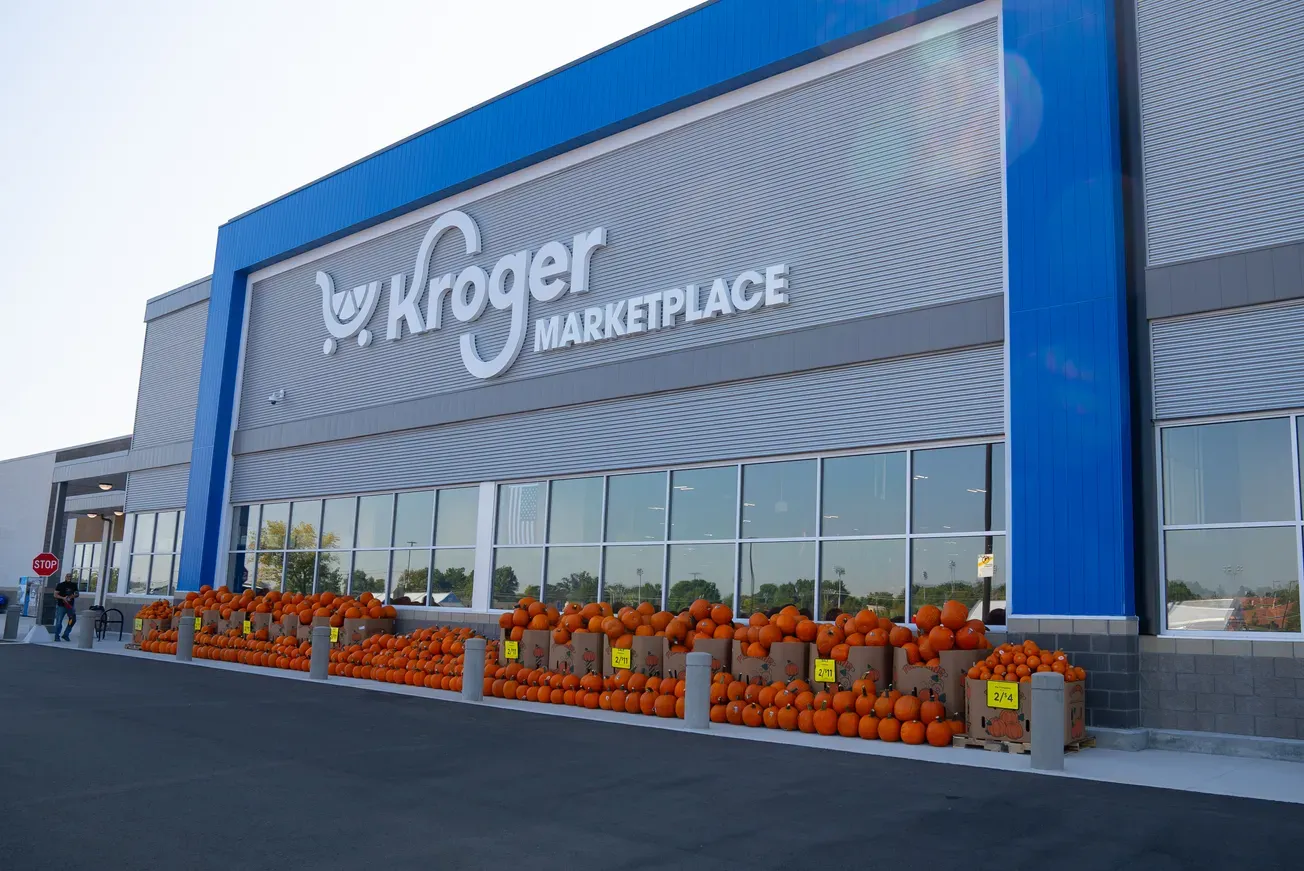Albertsons Cos.’ deal to acquire Rite Aid Corp. looks to be a “win-win for both companies,” yet the merger wouldn’t be a cakewalk to see through successfully, observes Diana Sheehan, director of research and insights at retail specialist Kantar Consulting.
On the plus side, both Albertsons and Rite Aid would benefit via increased scale and complementary geographical coverage, as well as a bigger presence in the wellness arena for their food and drug retailing businesses.
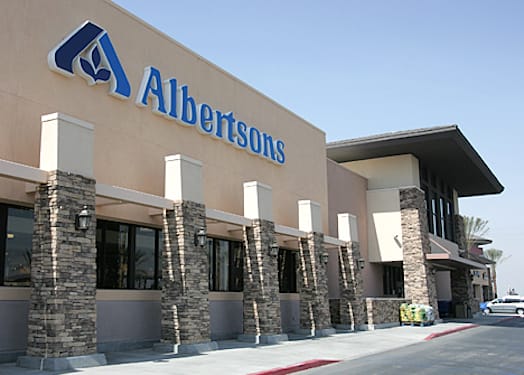
“Albertsons has a history in the pharmacy space, and this acquisition gives them an interesting opportunity to play with their footprint, since Rite Aid sits in many markets Albertsons doesn’t and vice versa. It expands reach and audience. This would also give Albertsons another way to test small-box concepts and ideas, even while it pilots a unique C-store concept in Boise,” Sheehan explained.
“However, unlike Target and CVS, the Rite Aid brand name does not necessarily have national reach,” she noted. “Albertsons would need to build demand for the Rite Aid brand name in almost all of its core markets, where CVS and Walgreens reign, as it looks to rebrand its existing in-store pharmacies to drive traffic.”
Combined, Albertsons-Rite Aid would generate pro forma sales of about $83 billion and operate about 4,900 stores, 4,350 pharmacy locations and 320 in-store health clinics across 38 states and Washington, D.C., serving more than 40 million customers per week.
After completing its sale of 1,932 stores and three distribution centers to Walgreens Boots Alliance, expected this spring, Rite Aid will have 2,569 drug stores served by six distribution centers. Rite Aid’s subsidiaries also include EnvisionRxOptions, a provider of PBM and other pharmacy products and services; RediClinic, an in-store clinic operation; and Health Dialog, a health analytics and management specialist.
Overall, Albertsons Cos. now has more than 2,300 supermarkets and 1,700-plus in-store pharmacies in 35 states and the District of Columbia under 20 retail banners, including Albertsons, Safeway, Vons, Jewel-Osco, Shaw’s, Acme, Tom Thumb, Randalls, United Supermarkets, Pavilions, Star Market, Haggen and Carrs.
“While the alliance of Albertsons and Rite Aid is very logical, this acquisition happening now adds increasing complexity to an [Albertsons’] organization that is already quite complex. With multiple divisions, expansion into home delivery and now the addition of the Rite Aid ecosystem, vendors will need clear and realistic communication and expectations set to drive true efficiency and optimized spending,” Sheehan pointed out.
What’s more, both companies haven’t had an easy time keeping pace with larger rivals.
“This [merger] brings together two retailers that have struggled to thrive in a highly competitive retail landscape independently,” according to Sheehan. “Both Rite Aid and Albertsons reported in January that they saw comp-store declines in third-quarter 2017, while competitors were showing positive comps. With the right strategy, they can turn the ship around together, but there is significant risk.”

